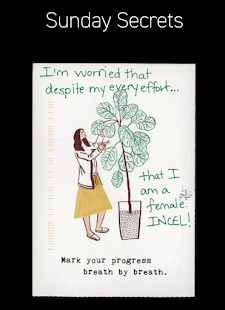Interactive Fiction - Ava Garcia
Interactive fiction is a genre of electronic literature derived from some of the earliest games made for personal computers. Electronic literature can be thought of as situated between a number of related practices and cultures, including print literary culture, arts practice, computer science, and performance. Computer games provided electronic literature with yet another broader genre. The interactive fiction community developed largely independently of academic environments compared to other forms of electronic literature. As a genre, interactive fiction can be identified by certain common elements and conventions. Most works of Interactive fiction are games in the sense that the interactor is working towards a definable outcome – the majority of these works can be “won” or “solved”. The interactor or reader is usually positioned and addressed in the second person and is therefore positioned as a player character in the text. The first work of interactive fiction was Colossal Cave Adventure which almost could be considered the blueprint for the next wave of interactive fiction
https://archive.org/details/photopia
Photopia by Adam Cadre is an interactive story as well as a game. The interactor is taken through different scenarios where they are able to input different phrases and words to carry them through the story and different puzzles. The story as a whole is made up of different puzzles but is still a linear structure and is easy to navigate. The most important phrase to use is the “talk to” command to engage with other characters. The author employs shifts in different point-of-views and time frames between different “real world” and “imaginative world” environments. These small dream worlds are each named after a color and the shifts in the color of the text and the background color mark shifts in the story. The “real” or “present” world has black text while the more imaginative worlds use colored text. Photopia experiments with nonlinear presentations of time, conversations, and game-play to support different plots. Overall this piece was super interesting and a creative way to explore literature however, it could also be frustrating when it wasn’t clear what command to input to move further through the story.


Comments
Post a Comment